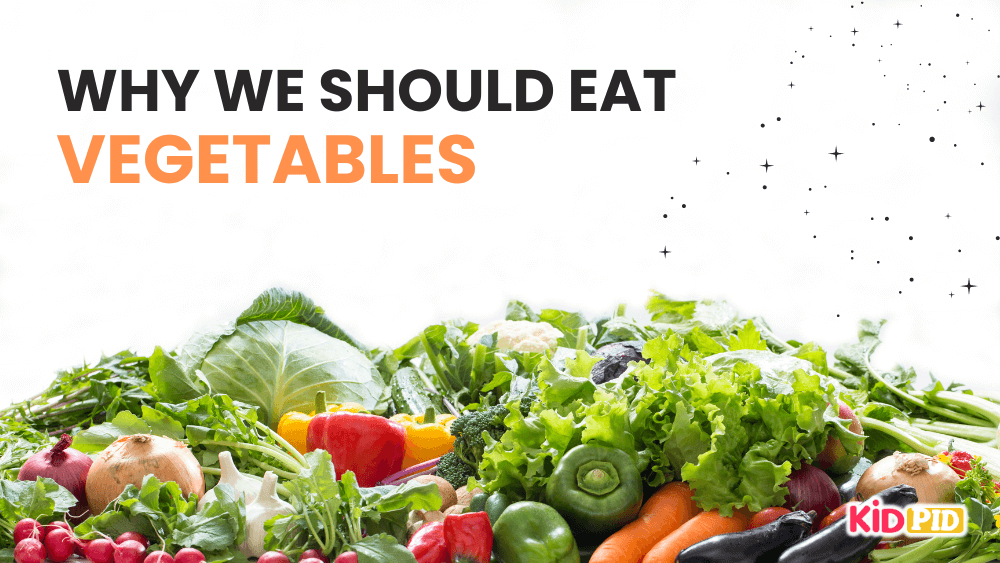Essay On Fast food restaurants

This essay examines the prevalence of fast food restaurants, their impact on our health, and how they influence our eating habits. It looks into the growing trend of fast food and its effects on our lives, both positive and negative. It also provides insight on how to make healthier choices when eating out.
Fast food restaurants are a type of restaurant that serve food quickly and are usually open late at night. They are often found near busy areas such as shopping centres, airports, universities, and tourist spots.
Fast food restaurants are popular because they are convenient and quick. Many people go to fast food restaurants when they don’t have enough time to cook a meal at home or want a quick bite to eat.
Many fast food restaurants serve burgers, fries, pizza, fried chicken, tacos and other fried foods. These foods are usually high in calories, fat and salt. Eating too much fast food can lead to health problems such as obesity, heart disease and diabetes.
Fast food restaurants also use a lot of packaging which is bad for the environment. This packaging is usually made from plastics which take a long time to decompose.
To stay healthy, it’s important to limit how often you eat at fast food restaurants and to choose healthier options when you do. Eating fruit and vegetables, drinking water, and exercising regularly can help keep you fit and healthy.
Contents
FAQs Related To Essay On Fast food restaurants
1. What are the health risks associated with eating fast food?
Eating fast food has been linked to a number of health risks. Fast food is typically high in calories, saturated fat, trans fat, sodium, and added sugar, all of which can lead to an increased risk of obesity, heart disease, high blood pressure, and diabetes.
2. What are the environmental impacts of fast food restaurants?
Fast food restaurants have had a large impact on the environment due to the amount of waste they produce. This includes the packaging of food, the amount of energy needed to prepare and cook the food, and the emissions from delivery vehicles.
3. Is fast food cheaper than healthy home cooking?
When comparing fast food to healthy home cooking, it can be difficult to determine which is cheaper. Fast food is typically less expensive than healthier meals, however, the cost of ingredients for home cooked meals can be much lower than the cost of a meal from a fast food restaurant.
4. Are there any nutritional benefits to eating fast food?
While it may seem counterintuitive to think that fast food has any nutritional value, there are in fact some benefits to eating it. Fast food can provide essential vitamins and minerals, such as iron, zinc, and Vitamin A. Calcium and fiber can also be found in some fast food items, such as salads and wraps.
5. What regulations exist to ensure the safety of fast food products?
The safety of fast food products is highly regulated by government agencies such as the Food and Drug Administration (FDA). The FDA has implemented regulations that require fast food restaurants to adhere to strict food safety standards. These standards include proper food handling techniques, food storage, and temperature control.
6. Are there better alternatives to fast food restaurants?
Yes, there are definitely better alternatives to fast food restaurants. For example, many cities now offer food delivery services that provide healthy and delicious meals straight to your door. Alternatively, if you’re looking to cook at home, there are plenty of grocery delivery services that make it easy to get fresh ingredients to make healthier meals.
The social and economic implications of fast food restaurants are far-reaching. On the social side, they have become a source of convenience for busy families and individuals, providing a quick and often affordable option for meals that can be eaten on the go.






Responses